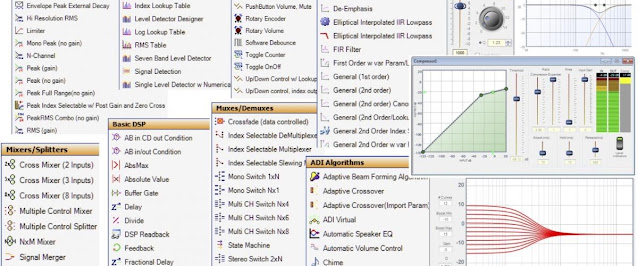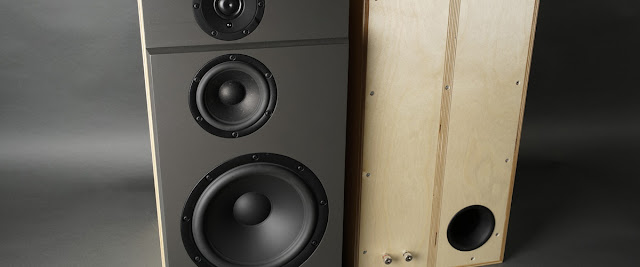DIY Speaker Measurement Part 3.
Lets take a closer look at some common entry level USB Audio Interfaces from a speaker measurement point of view based on my previous post about speaker measurement.
This interface has two input and two output channels but input 1 is an XLR only connector and can only take a microphone level signal. Input 2 is a 6.3 mm jack and got a switch for instrument level (unbalanced) or line level (balanced) signal. The outputs are unbalanced with RCA connectors. It can provide phantom power through input 1 and it can only be powered by USB.
The combination of input and output connectors and signal level support makes it hard to do loopback calibration and timing reference with this interface.
Next up is the big brother Focusrite Scarlett 2i2.
It also got two inputs and two outputs but the input connectors are combo types. They support both a XLR connector with microphone level and a 6.3 mm plug with either instrument level (unbalanced) or line level (balanced) signal. The outputs are 6.3 mm jack connectors (TRS) and are electronically balanced. It can provide phantom power through both inputs and it can only be powered by USB.
The combination of input and output connectors and signal level support makes it easy to do loopback calibration and timing reference with this interface.
Next one is Presonus AudioBox USB 96.
This is a great interface that can be had quite cheap given it's feature set. Inputs and outputs looks comparable to the Focusrite Scarlett 2i2 and it got an additional input and output for MIDI. But the input combo connectors can only take an unbalanced instrument level signal through the 6.3 mm jack in the middle. The outputs are 6.3 mm jack connectors (TRS) and are electronically balanced. It can provide phantom power through both inputs and it can only be powered by USB.
The lack of line level support on inputs might require a DI-box to do loopback calibration and timing reference with this interface.
Last but not least the Steinberg UR22 Mk2.
This is the interface I use. Not because it is superior to the others but because it provide a nice balance of good build quality, functionality and bundled software for a competitive price. It has pretty much the same feature set as the Focusrite Scarlett 2i2 with an additional input and output for MIDI. The outputs support both balanced and unbalanced cables. It can provide phantom power through both inputs and it can be powered by an external power source. The latter enables it to be used with an iPad or iPhone.
This marks the end of this third blog post about speaker measurement. The next post will be about measurement microphones.










